2013 Chevy Cruze Eco Review

More than just a trim package, Chevrolet got clever with the Cruze Eco to offer its customers a more sophisticated, fuel-efficient machine. An area where some of its other attempts have failed miserably (think Malibu Eco), the fuel-frugal Cruze shines more brightly.
FAST FACTS
| 1. A 1.4L turbocharged 4-cylinder makes 138-hp and 148 lb-ft of torque. |
| 2. Fuel economy with a 6-speed manual is rated at 28-mpg city and 42-mpg highway. |
| 3. To help improve fuel economy the Eco model gains custom aerodynamics, sheds 100 lbs of weight and uses active grille shutters. |
| 4. Pricing for the Eco model starts at $20,475 including delivery compared to $17,925 for a base Cruze. |
HANDSOME AND FUNCTIONAL STYLING
The Cruze Eco gets a few fuel-minded nip/tucks that also help it hop up the handsome.
First, Chevrolet cut almost 100 lbs. from the base Cruze’s curb weight by tossing out the spare tire in favor of a patch kit, shrinking the gas tank to 10.5 gallons, and simplifying the rear suspension.
Next, Chevy lowered the car and made the forged alloy wheels standard equipment.
But that’s not all. Chevrolet also added an “active front fascia” with slats that close
during highway speeds to reduce drag and improve mileage.
Aside from functional features, the Cruze generally looks good, with a high beltline to make the car more masculine. That, combined with a chiseled front end and the Eco package’s rear spoiler leave the car looking presentable despite being a less than heart pounding drive overall.
AN INTERIOR WITH SHARED PRIORITIES
From a daily driver’s perspective, the Cruze is a solid choice. Despite its high beltline, the car is easy to see out of from all directions. In fact, the hunched look people see as you pass is imperceptible from the cabin.
Instead, you’ll notice touches like mesh cloth covering much of the ugly plastic panels and convenience features like a dash-top compartment perfect for storing a porky wallet, pens or anything else you wouldn’t want to be caught digging in the center console for.
Between its gauges, an information screen controlled by a knob mounted on the turn signal stick offers typical trip stats, but it also provides an “average mpg gauge.” It offers current as well as average fuel consumption figures that show exactly where the car sits compared to the trip’s recorded gas usage.
With reasonably comfortable seats, the Cruze feels good on a long drive – unless you’re relegated to the back.
That story stands in stark contrast with the front accommodation’s positive feedback. With a sole storage pouch, no cup holders and a lumbar-killing seatback, you had better be prepared for a barrage of complaints from the peanut gallery.
PEPPY ENGINE LOSES PUNCH, WEAK GEARING TO BLAME
Especially around town the Cruze Eco’s turbo 1.4-liter 4-cylinder feels surprisingly peppy. Shifting into second gear, the car tugs with enough power to find the speed limit without feeling taxed.
Sadly, the same can’t be said while driving on the highway, where gas mileage becomes priority number one.
That’s because the manual has a grand total of three overdrive gears helping it to achieve Chevrolet’s stated 28/42 mpg city/highway claim. The giant leap between the car’s two ratings comes courtesy of those gears among other things.
Customers can opt for a six-speed automatic for an extra $995, but making that choice defeats the car’s purpose on a fundamental level.
Opting for the automatic drops the car’s economy to 26/39, though that’s only an EPA estimate. During testing, we found that the manual version kept up with those ratings and even beat them on the highway when driven gently.
Unfortunately, those unusual ratios rob the car of any highway passing power. Aggressive downshifts don’t do much, even with the car running near its redline.
But that’s not a big deal in this car because you won’t be buying it for the performance. Nor are you likely to complain too much while achieving up to 45 mpg on the open highway.
Of course, most people prefer to push the gas pedal and forget about shifting, which is a problem for the Cruze Eco. That’s because competing cars like the Hyundai Elantra still scoop the 40 mpg mark with an auto equipped.
SLOPPY SHIFTING, SOFT BRAKES
Those who prefer to row their own gears will find the throws long and sloppy. In an economy car that really isn’t a deal breaker, but experienced manual drivers will probably find themselves trying to keep the car in its turbo power band, which will become a problem.
That’s because the Eco’s different gearing makes it difficult to keep the car in boost without running obnoxiously high rpms. At that speed, drivers will notice the shift feel will be significantly harsher, as will the clutch.
The steering wheel feels light, even at high speeds, while the tiny front disc brakes and rear drums have meager stopping power. Incapable of slowing the car with any authority, the brake pedal feels like a mound of marshmallows.
GOOD, BUT NOT GOOD ENOUGH
For what it’s meant to be, the Cruze drives fine. This year, the Connectivity Plus Cruise package is standard – a $525 option in 2011 – but how does it stack up to the competition?
With a $19,995 starting price including the $750 delivery charge, the Cruze Eco is priced between the two LT trims Chevrolet offers, but that carrot will fall from its stick when consumers compare brands.
Comparably sized to the Hyundai Elantra, the two cars are almost identical, though the Cruze offers more cargo space in the trunk with 15.4 cubic feet according to Chevrolet’s reported specifications. That’s not entirely accurate, though.
As previously stated, Chevy’s engineers dropped the spare steel wheel. Thankfully, they also replaced the flat spare compartment cover with a molded piece that offers an extra 0.6 cubic feet, which easily fit a small duffle bag.
THE VERDICT
Despite its many attractive features, it’s hard for the Chevy to come out on top when similar mileage is possible from the Hyundai Elantra for $3,300 less.
Even with our real world fuel economy coming in at above the claimed numbers, the Eco’s premium price makes it a tough sell.
LOVE IT
- Handsome exterior styling
- Hybrid-rivaling gas mileage
- Extra trunk space
LEAVE IT
- Poor highway acceleration
- Rear seats uncomfortable
- Sloppy shift feel needs work

Luke is an energetic automotive journalist who spends his time covering industry news and crawling the internet for the latest breaking story. When he isn't in the office, Luke can be found obsessively browsing used car listings, drinking scotch at his favorite bar and dreaming of what to drive next, though the list grows a lot faster than his bank account. He's always on <A title="@lukevandezande on Twitter" href="http://twitter.com/lukevandezande">Twitter</A> looking for a good car conversation. Find Luke on <A title="@lukevandezande on Twitter" href="http://twitter.com/lukevandezande">Twitter</A> and <A title="Luke on Google+" href="http://plus.google.com/112531385961538774338?rel=author">Google+</A>.
More by Luke Vandezande














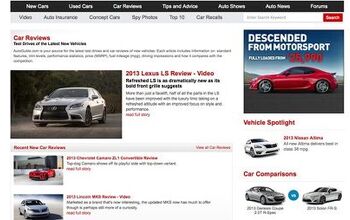




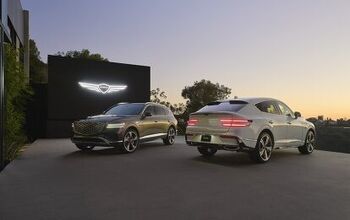

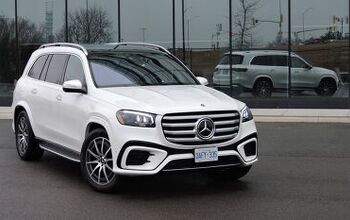
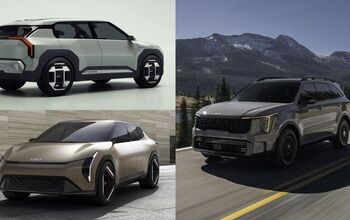

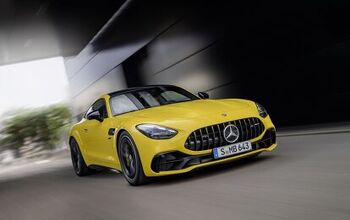
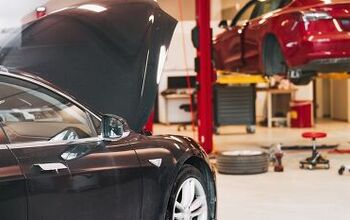


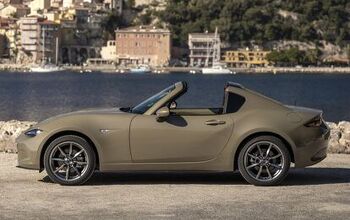
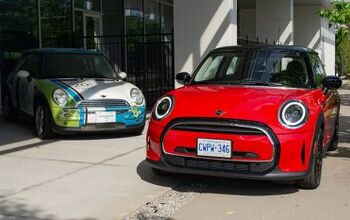

Comments
Join the conversation
My 2013 Eco has a spare. I thought they didn't. Was it an option?
I love my 2014 Chevy Cruze Eco which is basically the same care as the 2013 reviewed above. I've never had trouble passing. The secret....shift form sixth to fourth, and punch it! Wow. The power. If you are going 45-55 and drop into fourth...lots of power. And with practice it can be done without pounding the transmission. Love the car but use Amzoil in the manual transmission and put 2.3- 2.5 quarts in.